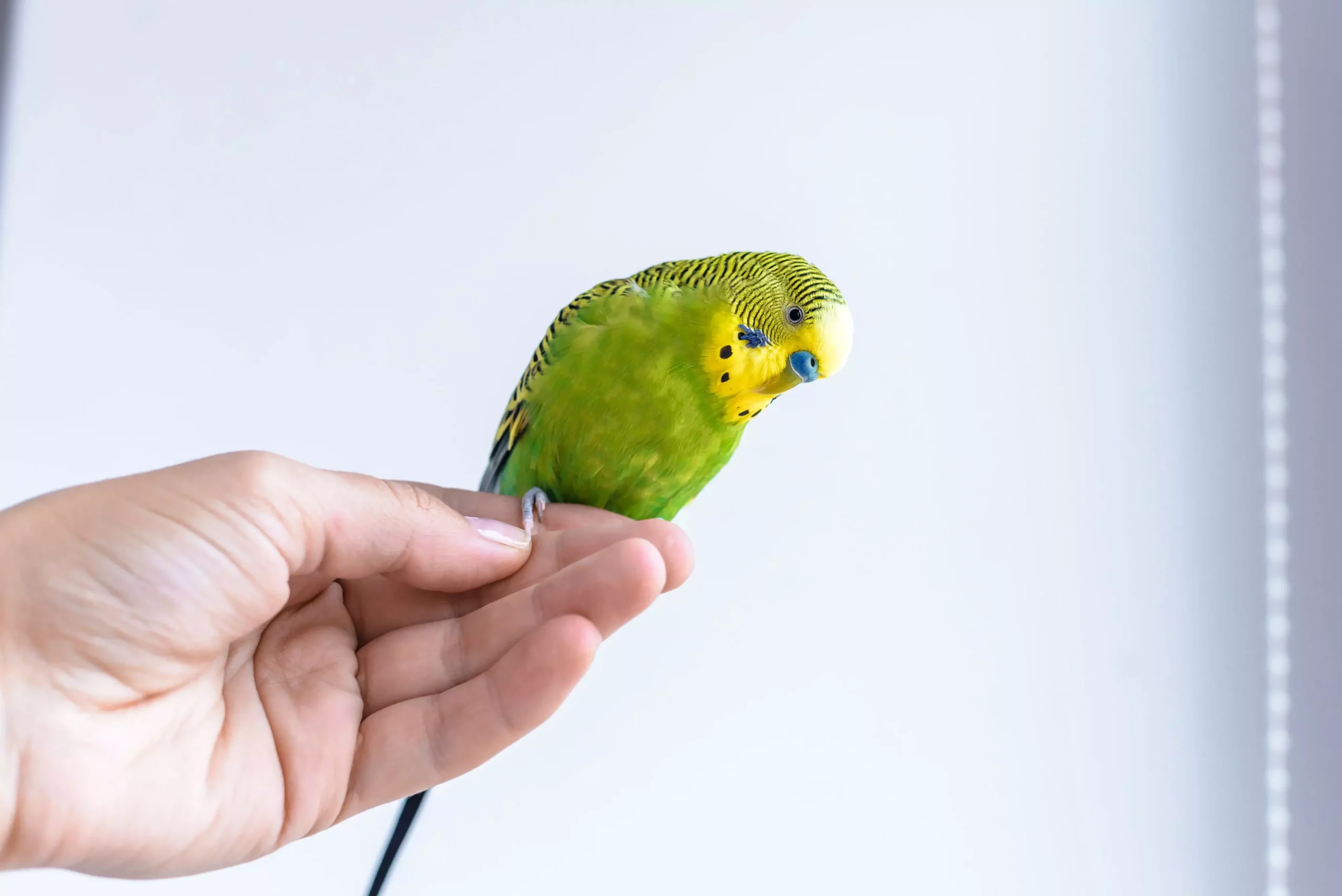Bird ownership brings immense joy and companionship, but it also carries significant responsibilities. Unlike cats or dogs, who may respond to training more readily, birds require special attention, understanding, and care. While many bird owners are not professional trainers, mastering a few basic commands can enhance the relationship between pet and owner. This article delves into critical techniques for training birds safely and effectively, focusing on the Step-Up Command, proper handling methods, and strategies to promote a harmonious environment.
One of the foundational commands every bird owner should teach their pet is the Step-Up Command. This command instructs birds to step onto their owner’s finger, facilitating safe transportation and interaction. Without such training, removing a bird from its cage could turn into a stressful ordeal for both parties, often resembling a high-stakes chase. The Step-Up Command not only simplifies the process of moving your pet but also reduces anxiety for the bird, making it a vital skill set for bird owners.
Teaching this command is not an arduous task. It requires patience and consistent practice. Begin by placing your finger gently near the bird’s feet. Using positive reinforcement—like verbal praise or a small treat—can help create a positive association with the command. Over time, the bird will learn to trust performances and reduce any fear associated with being handled. A well-trained bird will exhibit a calmer demeanor, which leads to healthier interactions and environments.
Birds possess delicate anatomies, making them more fragile compared to typical household pets. Understanding how to handle these creatures with care is paramount. Owners should always aim to be gentle, avoiding any unnecessary force that could result in injury. Grasping a bird too tightly can cause broken bones or internal injuries. A common mistake is attempting to hold a resisting bird firmly; instead, owners should focus on building trust through bonding exercises.
Bonding can involve simple activities such as talking softly to your bird, offering treats, or providing space for your pet to explore its surroundings. Encouraging a bird to trust you reduces the likelihood of aggressive responses and injuries. It’s essential to always handle your bird with an open hand and never to use force. If a bird shows reluctance, rather than applying pressure, it’s better to take a step back and reassess the approach.
Tasks such as wing trimming or nail clipping can be daunting for both birds and their owners. Knowing how to perform these grooming tasks safely is important, and employing a technique called toweled handling can make a significant difference. When you need to restrain your bird for grooming, using a small towel can keep it calm while providing safety.
Though toweled handling is beneficial, it should be a temporary solution due to the stress it might cause. After grooming, it’s crucial to provide your bird with some time alone in its cage to recuperate and relax. Birds can easily become overwhelmed by their environments, and taking the necessary steps to foster a stress-free atmosphere is essential for their well-being.
Pet birds often prefer to perch on their owners’ shoulders, but this practice can pose serious risks. When birds are perched near sensitive areas such as the face, they may bite if frightened. Instead of letting your bird sit on your shoulder, position it on your hands or forearms, maintaining a safe distance from your face. Such preventive measures can help reduce the likelihood of injuries for both the bird and the owner.
Furthermore, should you ever need to pick up a stubborn bird, do so with gentle techniques. Utilizing padded gloves or a towel to safeguard your hands against bites will contribute to a better handling experience. Never resort to grabbing or pulling, as these actions can induce distress and lead to unsafe situations. A calm, respectful approach is key to nurturing a positive bond with your bird.
Owning a bird comes with its unique set of challenges and rewards. By mastering foundational commands like Step-Up and practicing gentle handling techniques, bird owners can create safe and enjoyable environments for their feathered friends. Building trust through bonding and understanding the nuances of bird behavior enhances the companionship shared between owner and pet. With patience and care, individuals can create a harmonious coexistence that fosters happiness and health for their avian companions.


Leave a Reply